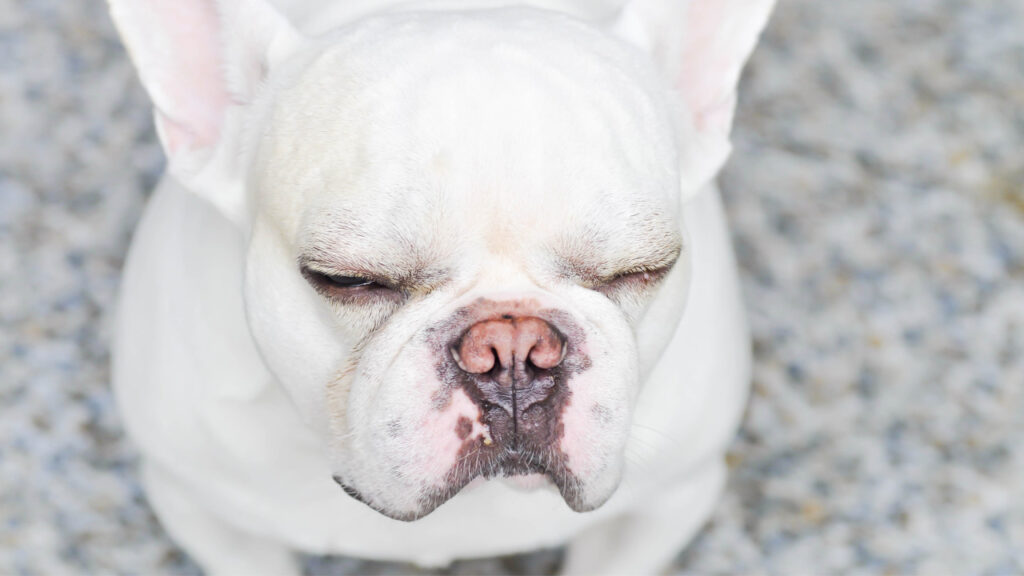How to help your dog with anal sac issues

Your dog has anal sacs, and yes you need to pay attention to them! Dogs have two anal sacs which are placed either side of their anus. Sorry for the analogy, but if you consider the anus as a clock face, they drain into it at 4 and 8 o’clock.
The sac is constantly making a foul smelling material, and it’s regularly being squeezed and emptied out with the passing poop. For some dogs these just empty out regularly and easily, but for many dogs the drainage of these sacs become blocked, so the sac continues to make the material and as it is unable to empty. It increases in size and makes the dog very uncomfortable.
When left untreated, other than causing discomfort blocked anal sacs can become infected, and form an abscess which will very messily burst out the back end. In these cases antibiotics are required and or surgery may be necessary to drain the abscess.
Signs that the sacs can be causing your pooch a problem include biting at their bottom or flanks (their sides), rubbing and scooting their bottom on the ground or holding their tail downwards due to the pain.
Sometimes when the dog is scooting on the ground the pressure on the anal sac will help the blocked sac to empty, sometimes it doesn’t. The scooting can also cause a lot of damage to the surrounding skin especially when they are rubbing on hard surfaces like concrete.
If your dog is scooting their bottom on the ground, or biting at the area, their anal sacs should always be checked, and manually released if needed. Your veterinarian is well versed in this, and they can give you a demonstration if you are game (not surprisingly few of my clients have wanted to learn!). YouTube also have videos available. As well as a correct technique, supplies needed include tissue, a throwaway glove and lubricant.
Dogs that are frequently affected by blocked anal sacs need regular expression to prevent infection, they need to maintain a healthy weight and may benefit from the addition of fibre to their diet – such as metamucil/psyllium husks mixed in the food or cooked pumpkin is another popular one. In some cases dogs have such trouble and pain with their anal sacs, that surgery to remove them is advisable.
Bottom line (pun intended) is that when it comes to your dogs anal sacs, if they’re not causing a problem, leave them, but if they are through signs above, they need expression before an abscess has the chance to form.